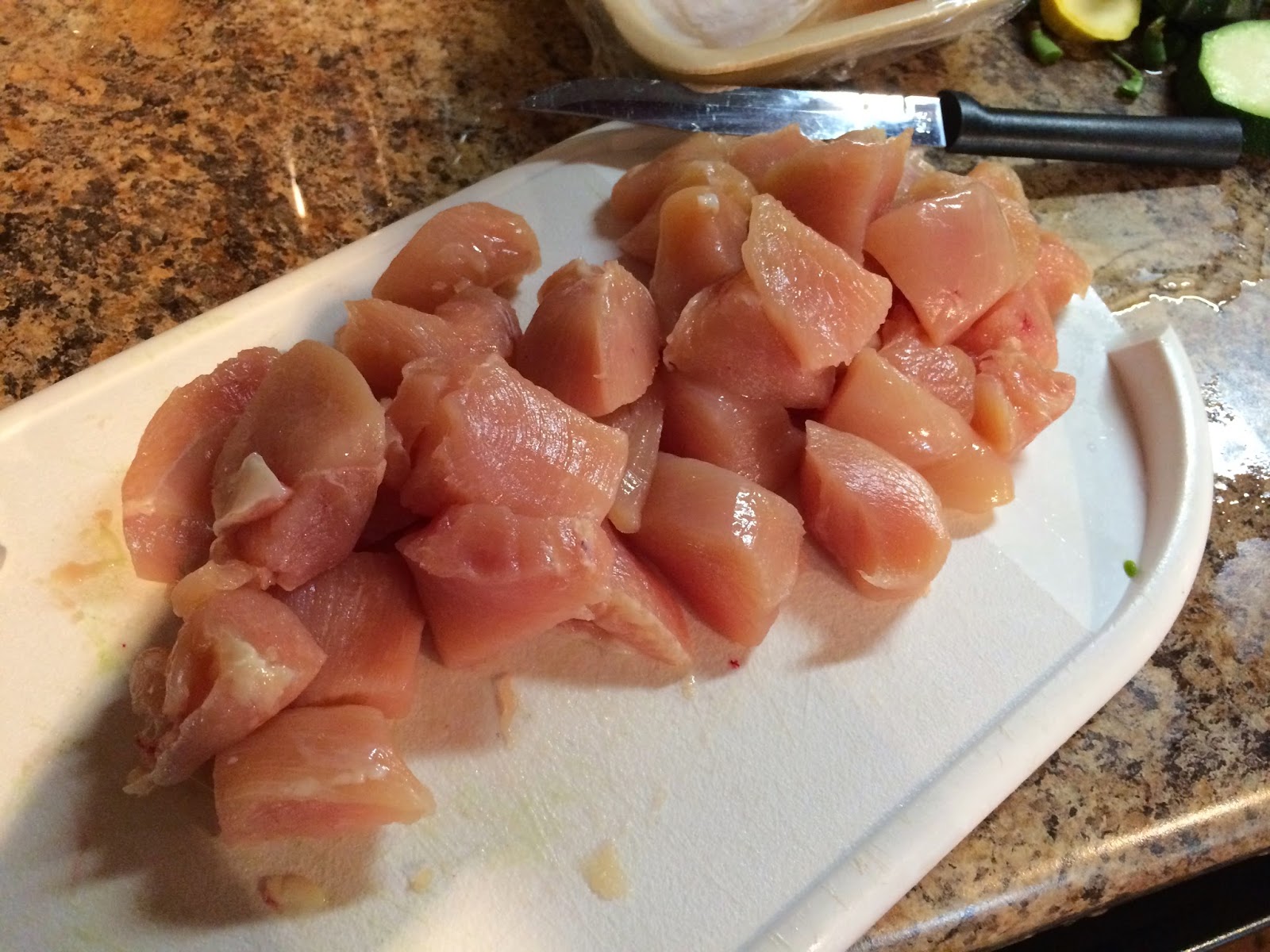This is entirely different from any post I have written before, but I need to get real with you all...I have some confessions...
Several weeks ago, my dear friend Janice brought some of her friends out to our homestead. I immediately fell in love with Rebecca...kindred spirits for sure! At one point, Rebecca commented, "Y'all are living the dream!" What I wanted to say back (and maybe I did) was, "The dream is so much better than the reality." Homesteading is hard work...plain and simple! Do I love it? Yes. Every day? No.
So that's my first confession...some days, I do not enjoy this lifestyle choice one single bit! Here's the reality of it and a few more confessions...
Time
Every morning and every night, animals must be fed and watered. There are routine tasks like worming and hoof trimming. The barn, chicken coop, and pens constantly have to be cleaned. There is always (and I mean ALWAYS) something to be fixed or worked on. Our farm work truly never ends.
Last week, I had to leave a really fun pool party with dear friends right in the middle of laughter and good conversation. It was hot, and I started worrying about the animals running out of water. I hated to leave, but I had no choice.
Today, instead of taking the boys to the community pool, I mowed grass for 3 hours (with plenty left undone). Then, I cleaned out the goat barn. It was hot, sweaty, and exhausting. Tomorrow, I will still have to clean out the chicken coop and pig pen...but only after a trip to the feed store.
Money
Speaking of the feed store, most people probably don't realize the cost involved in growing and preserving food and raising animals. I am constantly going to the feed or home improvement store to get feed, fencing, gates, tools, supplies, etc. Not to mention the big costs like farm equipment and livestock.
Think about the price of a pound of beef. In May, we bought about 5,000 pounds worth of cattle! That's a lot more than pocket change for us! It seems like every spare penny (and there aren't many to begin with) go into the farm.
Brandon and I had many conversations about the financial sacrifices we would have to make to start our farm. In the middle of winter, giving up our annual summer beach trip and a trip to Disney World seemed easy enough. But now that summer is here and our friends are traveling, it's been tougher to give up those vacations than we thought.
Emotions
Making financial sacrifices is just one part of the emotional toll homesteading takes on me. We have seen our share of loss, from animals to produce. The animals have injuries, and we wait anxiously to see if they will heal. We work hard at something, only to have it undone by a storm or a drought. There are more questions and concerns than I could ever list here.
A few evenings ago, we were drained...physically, financially, and emotionally...and for the first time, we deeply considered selling the whole thing (lock, stock, and barrel as they say) and moving to a postage stamp lot in a neighborhood with a swimming pool!
We always try to make decisions based on three things: 1) pleasing the Lord, 2) the welfare of our boys, and 3) long-term results. With homesteading, it's difficult to know. Our favorite verse is 1 Thessalonians 4:11, "Make it your ambition to lead a quiet life, mind your own business, and work with your hands." We do feel that a simpler, slower way of life is pleasing to the Lord...but we have stress and struggles that do not please Him. We know our boys are having experiences that few children have and are learning so much...but they are missing out on other experiences like traveling and riding bikes through the neighborhood. We know that some great things will come from our homestead in the long-term...but we also know that there will be some downsides as well.
The day after our eagerness to give it all up, we both received renewed clarity and focus. So for now at least, we are pushing through and holding fast to the lifestyle we've chosen. Do we love it? Yes. Every day? No. And we're pretty sure that at some time or another everybody else feels the same way about the life they've chosen...
















































